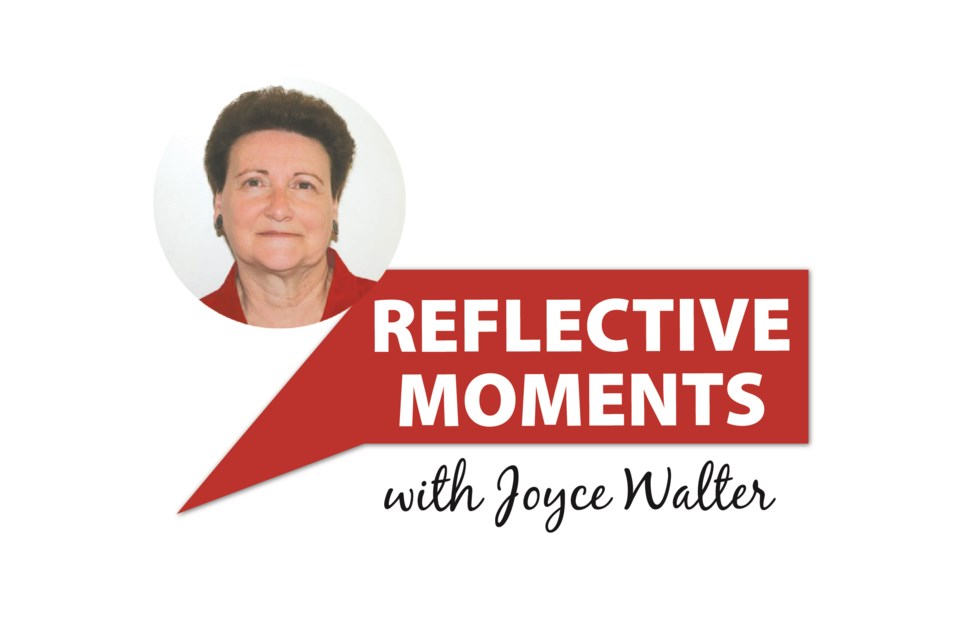Back in this month in 2015, in a column, I pondered the fate of player pianos and I still let my curiosity get the better of me when I think about the “old” days. Sometimes the memories of days gone by just keep coming and coming and coming.
For instance, I can’t help but wonder if anyone from the hometown knows what might have happened to the two old, old, old player pianos that took up pride of place in the two schools that once served the community.
Were the pianos turned over to the inventory of Moose Jaw School Unit No. 22 once its officials made the controversial decision to first close the high school and then a few years later, the school for Grades 1-6?
Did they in turn send those pianos to schools that didn’t have pianos, player or otherwise, so school music programs could continue, over and above the radio music program sing-a-longs?
Or with the bottom line of school board budgets in mind, did unit administrators put those pianos on the auction block, not realizing or caring, that the value of the pianos and their accompanying perforated music rolls far exceeded what might have been obtained from the slap of the auctioneer’s hammer?
Inquiring minds, mine especially, would love to find out if the school pianos are still in use, are they being cherished as priceless antiques or, heaven forbid, are they part of a landfill site somewhere?
Stanford University in California is undertaking serious study into the instruments, with the idea of restoring the pianos to their once high level of glory, coming as they did before phonograph recordings and being the only way musicians of early years could preserve their music for non-live performances.
Researchers working on the project will preserve and digitize thousands of the perforated paper rolls and hope to eventually put the recordings online. They will be bolstered by individuals who have extensive collections of player pianos and music rolls. An Australian man, for instance, had 10 pianos and more than 7,500 rolls with recordings by artists such as Gershwin, Stravinsky and Debussy.
I don’t recall that the music rolls at the school held the works of the great masters but they did contain tunes to which we danced at recess and noon hour, with students taking turns doing the treading on the pedals. And those who didn’t dance, stood and watched as the keys moved to hit the notes as dictated by the magic of the music rolls.
Some persons checking into the possibility of purchasing an antique player piano came up with prices ranging from $20,000 for a 1907 upright model to $45,000 for a 1920-era player grand piano. Yikes. I suspect that an antique player piano is not in my near or distant future.
For about four decades player pianos were not in high demand, but production by some companies began again in the 1960s and today’s brands are so advanced they are computer-compatible. The price is more manageable too but do those models provide the same romance and magic as the older versions? Unlikely.
After all these years it is unrealistic to hope that someone, somewhere has knowledge about my community’s pianos. What a good time we would have if just once more we could gather round and hear those pianos play a rousing heel and toe polka.
Joyce Walter can be reached at [email protected]
The views and opinions expressed in this article are those of the author, and do not necessarily reflect the position of this publication.




